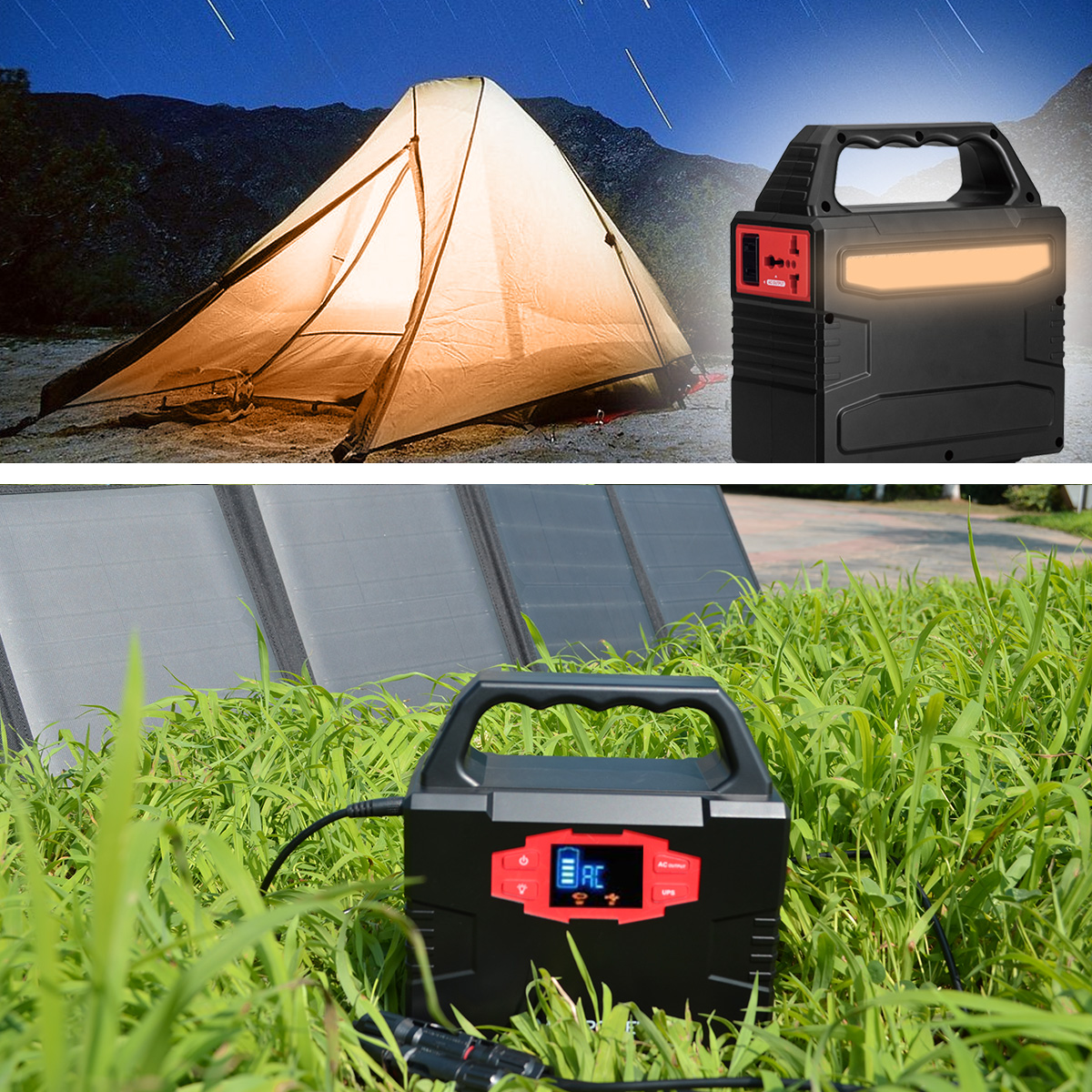Winter storms can be pleasant because of snow. They’re beautiful and peaceful. But they can also be very dangerous for the simple fact that they’re cold and could do damage if the precipitation becomes too much. Snow piling up becomes heavy and down pouring rain can build up to a flood situation. Freezing rain, more often than not, will do damage to power lines and have some other unforeseen consequences. What is covered in this winter storm preparedness checklist will help you to be prepared for winter storms, to know the difference in danger levels and to be conscious of the different threats that a winter storm will present.
Be ready and know the difference

Winter storms can range from a moderate snow over a few hours to a blizzard with blinding, wind driven snow that lasts for several days. Some winter storms are large enough to affect several states or territories, while others affect only a single community. Many winter storms are accompanied by bitter cold and howling winds, icing, sleet and freezing rain.
- Winter weather advisory — Winter weather conditions are expected to cause significant inconveniences and may be hazardous. When caution is observed, these situations should not be life threatening.
- Winter storm watch — Winter storm conditions are possible within the next 36 to 48 hours. People in the affected area should take precautions immediately.
- Winter storm warning — Life-threatening, severe winter conditions have begun or will begin within 24 hours. People in the affected are should take precautions immediately.
What should I do?
Dress in several layers of lightweight clothing, wear mittens or thick gloves of cotton or wool and a beanie or something to cover your head. Wear waterproof insulated boots to keep your feet warm and most of all dry as well as maintaining your footing on ice and snow.
You should minimize travel as much as you can. If travel is necessary, it is advised to keep a disaster supply kit and/or 72 hour kit in the vehicle. Winterize your vehicle and keep the gas tank as full as you can. A full gas tank will keep the fuel line from freezing.
Listen to NOAA weather radio or other local news channels for critical information from the national weather service. Maintain heating equipment and chimneys by having them cleaned and /or inspected every year. All fuel burning equipment should be used or at the very least vented to the outside and kept clear. Try to never use a generator, grill camp stove or other gasoline, propane, natural gas or charcoal burning device inside your home, garage, basement, crawlspace or enclosed area. The buildup of carbon monoxide can be odorless, will occur and is fatal.
Insulate your home by installing storm windows, double pane windows or covering your windows with plastic from the inside to keep cold air out. Running water, even a trickle will help keep exposed pipes from freezing up.
Bring pets and common animals inside and limit their outside exposure during extreme winter weather. You can move livestock or other animals to sheltered areas with non-frozen water.
Two cold related emergencies to be conscious of are Frostbite and Hypothermia. They are dangerous and potentially life threatening. Learn how to care for these emergencies by taking a first aid class.
What supplies do I need?
Having the supplies needed could be a matter of life or death. Severe winter weather is unpredictable so it’s better to be prepared for anything than not to be.
You should have:
- Water – at least a 3-day supply, a half gallon minimum per person per day.
- Food – again at least a 3-day supply of non-perishable, easy to prepare food.
- Flashlight – two or three should be enough.
- Battery-powered or hand-crank radio ( NOAA radio if possible).
- Extra batteries.
- First-aid kit – is definitely a must.
- Medications – 7 day supply and medical items such as hearing aids with extra batteries, glasses, contacts, syringes, cane, ETC…

winter storm supplies - Multi-purpose tool.
- Sanitation and hygiene items.
- Copies of personal documents – especially medical information.
- Cell phone with chargers.
- Family and emergency contact information.
- Extra cash.
- Baby supplies (bottle, formula, baby food, diapers).
- Pet supplies (collar, leash, ID, food, Bowl)
- Tools and supplies for securing your home.
- Sand or ice met salt to make walkways less slippery.
- Warm clothing and extra blankets for every member of the household.
- An alternate heating source such as fireplaces or wood/coal burning stoves (properly vented).
After the storm…
You can go to a designated shelter if your home loses power or heat during periods of extreme cold. Also avoid driving when conditions include sleet, freezing rain or drizzle, snow or dense fog.
Before tackling strenuous tasks in the cold consider your physical condition, the weather factors and the nature of the task. Protect yourself from frostbite and hypothermia by wearing warm, loose fitting, lightweight clothing in several layers. Stay indoors as much as possible.
Go check on your animals to make sure that their access to food and water is not blocked by snow drifts, ice or other obstacles. Bring them indoors if possible.
A word of charity
Being prepared for a winter storm is very important but it is also important to be aware of those in need, the elderly and children. Helping those who need special assistance is a blessing to them and something as simple as making sure they have what they need or giving them a helping hand to prepare could just save a life.
If you would like more information on this subject you can check out the Ready.gov page on winter weather.
I Hope this checklist was helpful and if you have any questions, comments or input of any kind, please feel free to leave them in the box below. Thanks


